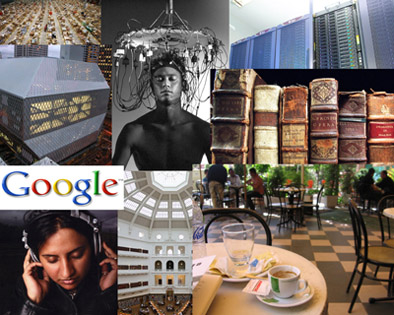
No one knows what the library of the future will look like.
More about Collections
In this digital age, a library is no longer just about discrete works such as books or DVDs but rather about texts, sounds, and images: in other words, a library has become less about the physical embodiments of information held locally than about the transmission and use of information that might be brought together from anywhere. In the next few decades, massive libraries of searchable digitized texts, a commercially viable access mechanism for copyrighted materials, and a standards-based, well lit portable reading device will persuade most readers to prefer digital to analog materials. Readers will select and build their own personal collections of digitized copies that they can take wherever they go. What might it be like to have at one’s fingertips not just, say, Haverford’s first 770 “well selected books,” but a collection larger and broader than all the material held at Haverford and its partner libraries combined?
Although no one can say for certain what it might look like, it is unlikely that the physical library will vanish. Its continued existence will be vital for paying for and mediating access to materials, and it will always be a place for collecting and using printed resources for those whose work requires them. As publication and distribution of new work goes digital, the future library will be more leased than owned and will be accessed from the Web rather than from a local catalog. As Haverford’s Library continues its expansion from its original 770 titles to a gateway to everything in every imaginable field of study (for a price), our librarians will concentrate even more on making our unique and rare materials accessible as Haverford's major contribution to the universal library.